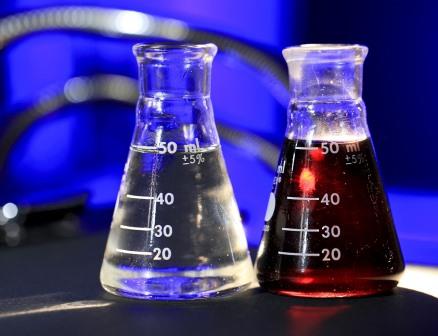PARTICULATE NATURE OF MATTER
ATOMS AND MOLECULES Matter is made up of discrete particles. The main ones are atoms, molecules, and ions. An atom is the smallest part of an element which can take part in a chemical reaction. A molecule is the smallest particle of a substance that can exist alone and still retains the chemical properties of […]
PARTICULATE NATURE OF MATTER Read More »

